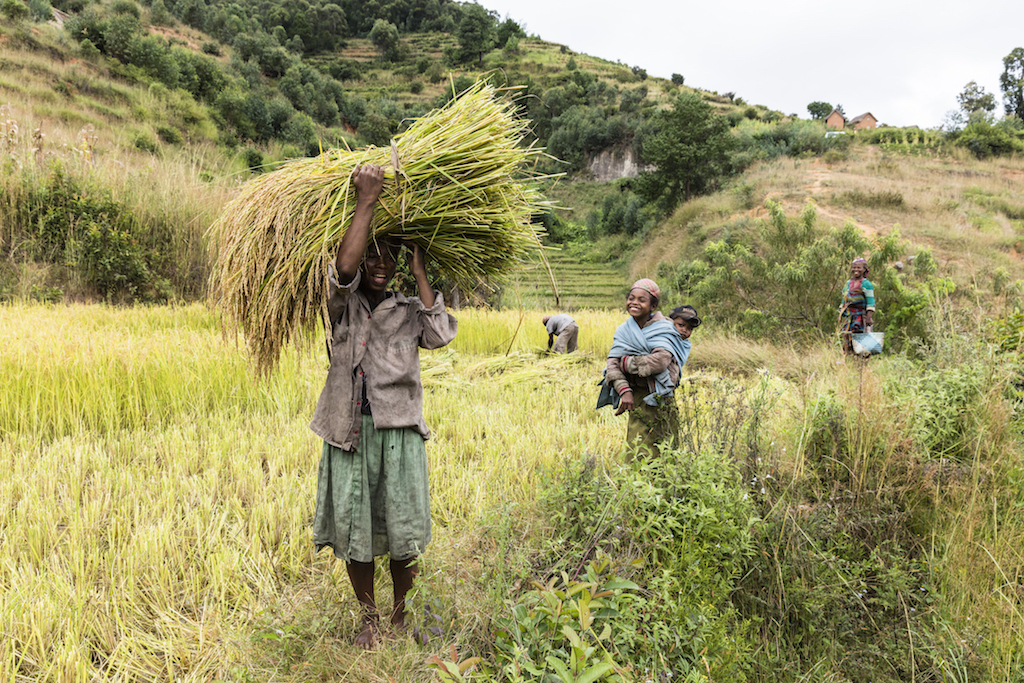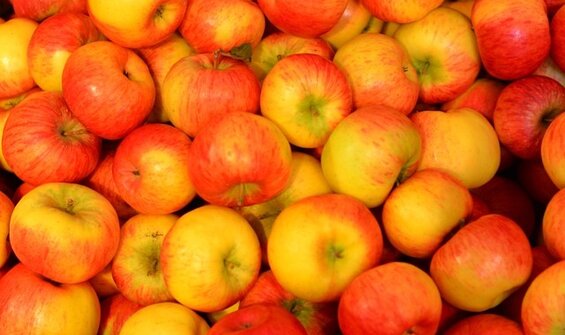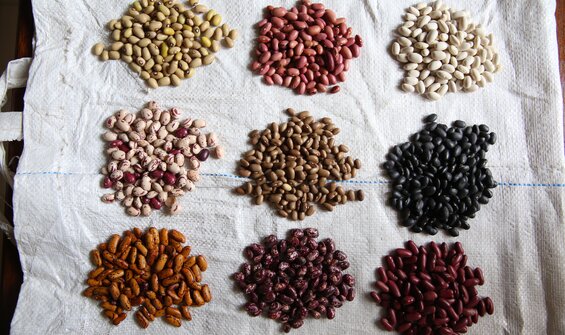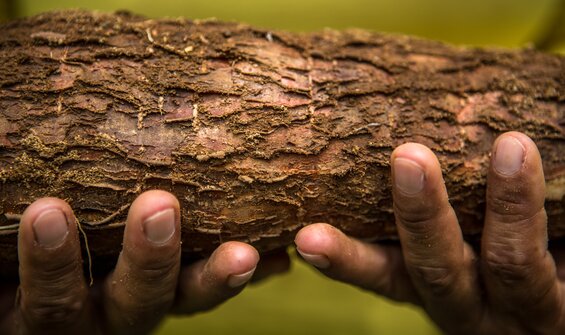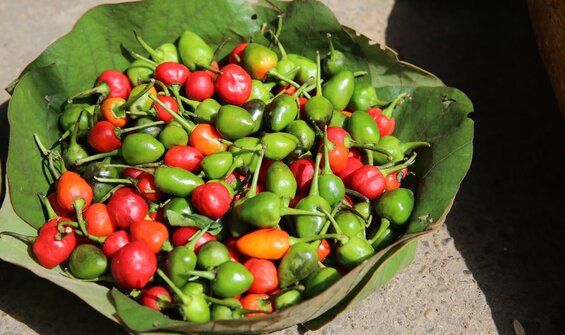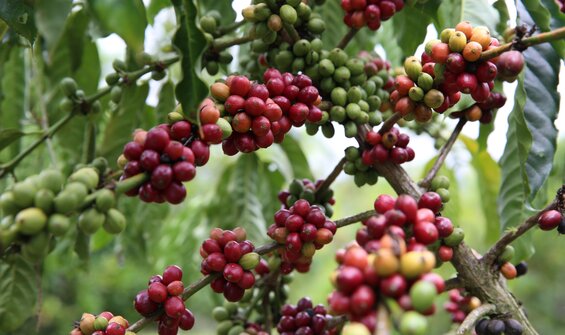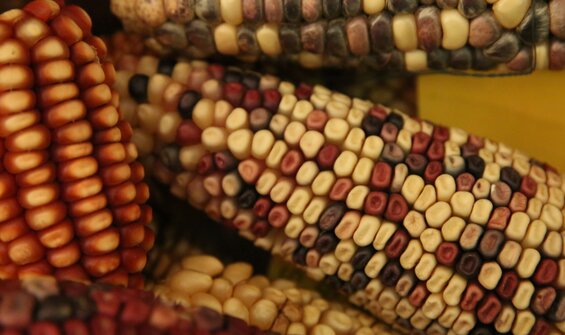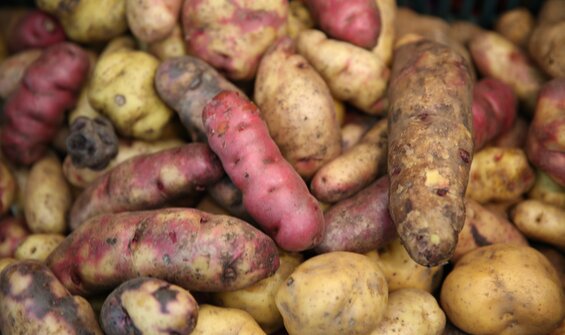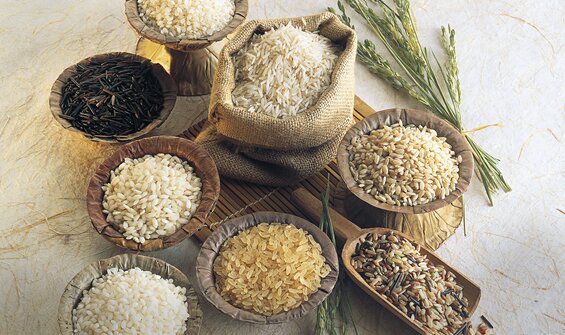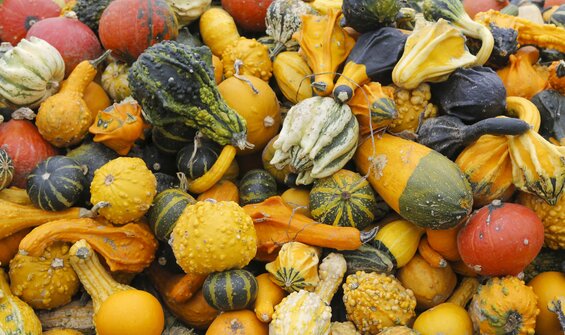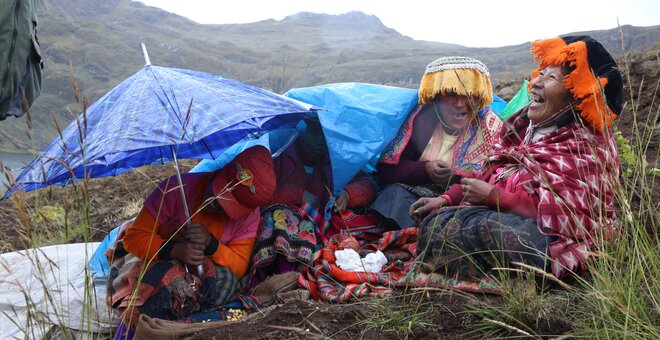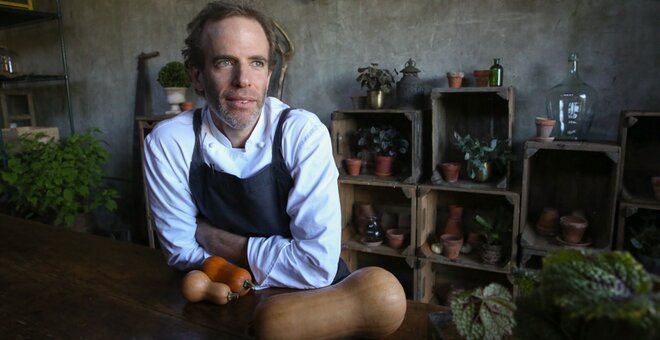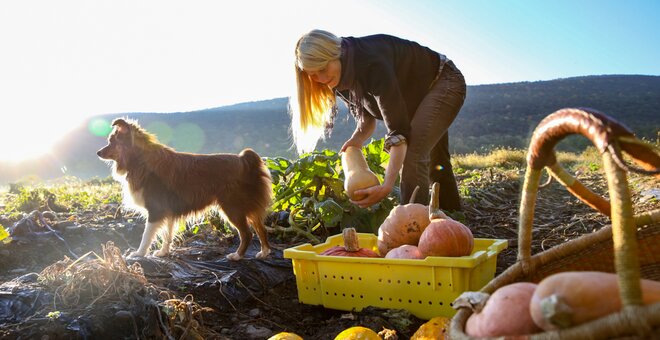Crops in Color
The beauty of biodiversity is all around us, but it is not always easy to see.
The domesticated plants we rely on most for food are some of humanity’s oldest existing creations. And because our world is always changing, they are works of art that are never finished.
The #CropsInColor campaign sheds light on the complexities, triumphs, and surprises of crop diversity in action.
To most people, a bag of rice just looks like a bag of rice. What you can’t see are the artists at work behind the scenes: the genebanks conserving incredible collections of diversity from around the world; the plant breeders coaxing hidden potential out of a handful of seeds; and the innovative farmers who practice the ancient art of turning sunlight into food.
Our #CropsInColor photographers, too, know something about making magic with light. They travel the world to capture the hidden stories of how crop diversity changes the way the world eats every day. Along the way they will use photos and videos to prove that crop diversity in action is not just essential – it’s amazing.
Around the World
Agro-biodiversity is what makes food in different places unique, and it’s also something that ties us all together. Farmers in any region grow crops amid their own special combination of climate, landscape, culture and natural ecosystems – including unwelcome pests and diseases. These forces overlap to make every place its own puzzle, and the job of the farmer is to solve this puzzle, season after season.
Any crop type that does something a little differently can be useful, and farmers take notice. So as time passes, an interesting thing happens: the building blocks of agriculture move around. A lot. A root that evolved in the South American rainforest ends up growing in fields in Tanzania and Thailand. Middle Eastern grains sprout under Canadian snow. And none of this seems strange. Wherever crops go they put down roots in our lives and cultures, until we start to assume that they were always there.
The hidden stories of crop diversity are everywhere. Under the #CropsInColor campaign, we go out into the world in search of the countless ways in which crop diversity plays a role in our lives. With support from farmers and chefs, plant breeders and genebank managers, street and market sellers, and everyday people, we celebrate the uniqueness of each region, and the common heritage of what we eat.
Phase I (2015 – 2017)
In Phase I, our #CropsInColor campaign took three crops as a window into a whole planet of diversity: rice, cassava and maize; three truly globe-trotting crops that have been adapted to fit countless different landscapes, climates, agricultural realities and tastes. These are basic ingredients, perhaps – but the truth about them is as diverse as humanity itself.
The photographers of Getty Images Reportage throw themselves into big stories: war, natural disaster, history in the making. They have produced unforgettable images for magazines, newspapers and television networks around the world.
Their commitment to finding the heart of every story makes them the perfect artists to bring us an equally iconic new look at crop diversity and the people who use and preserve it. From Getty Images Reportage’s award-winning roster we chose three photographers whose work exhibits a passion for rural livelihoods and the environment. All three are keen to investigate the complex world of crop diversity and reveal how this precious common good shapes lives on our planet.
Phase II (2018 – 2020)
In Phase II, we take a look at ten crops, exploring how each in its own way has become a staple in our kitchens, markets and favorite restaurants, no matter where we live. Food is strongly connected to culture and lifestyle. With #CropsInColor we explore the relationship that we all, 21st Century consumers, have with the foods we eat. From the dinner table, we will then move “upstream”, back to the markets and farmers, the agricultural fields and the genebanks.
The aim of the #CropsInColor campaign is to highlighted the important role that crop diversity plays in our daily lives and the need to safeguard this precious, global common good.
Related News
#CropsInColor Welcomes the Oak Spring Garden Foundation, Food Tank, and the Tastes of Appalachia
The Crop Trust’s global #CropsInColor campaign, with additional support from the Oak Spring Garden, and with Food Tank as an official media partner, has as its next stop: the richly diverse mountains of the southeastern United...
21 Aug 2019
21 Aug 2019
Chef Dan Barber Talks Deliciousness Through Plant Breeding
Interview and photos: LM Salazar | Crop Trust
I met up with world-renowned chef Dan Barber during my recent #CropsInColor trip to the Northeast region of the United States. Dan has become a leading voice in the global...
6 Dec 2018
6 Dec 2018
The Squashes of Autumn, From Domestication to Dessert
Words by Paul Cox for #CropsInColor
Photos by Luis Salazar, Crop Trust
In a field at dawn, Petra Page-Mann is picking squash. Although collectively known as “winter squash” for their thick-skinned ability to last right through a...
19 Nov 2018
19 Nov 2018

